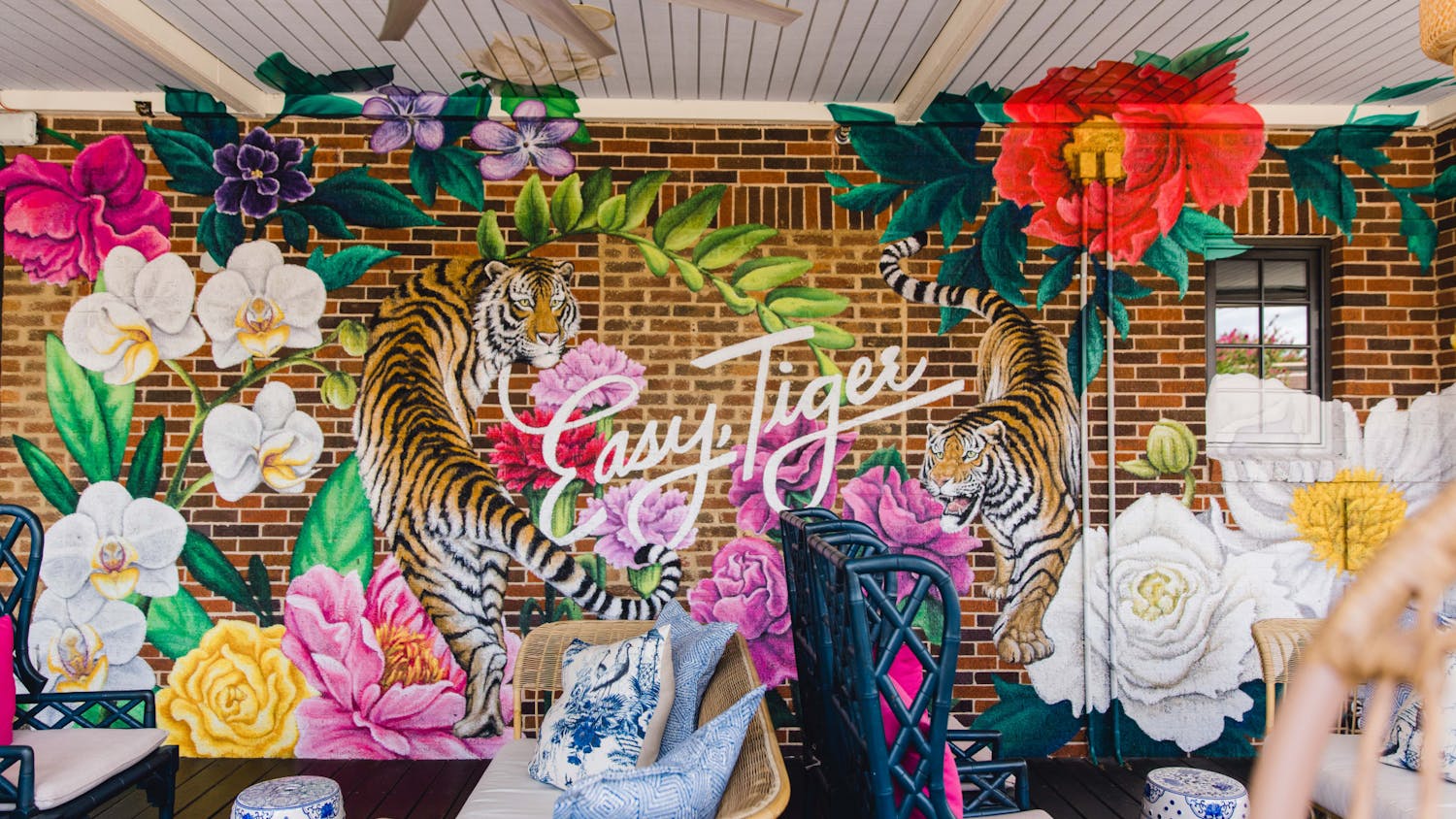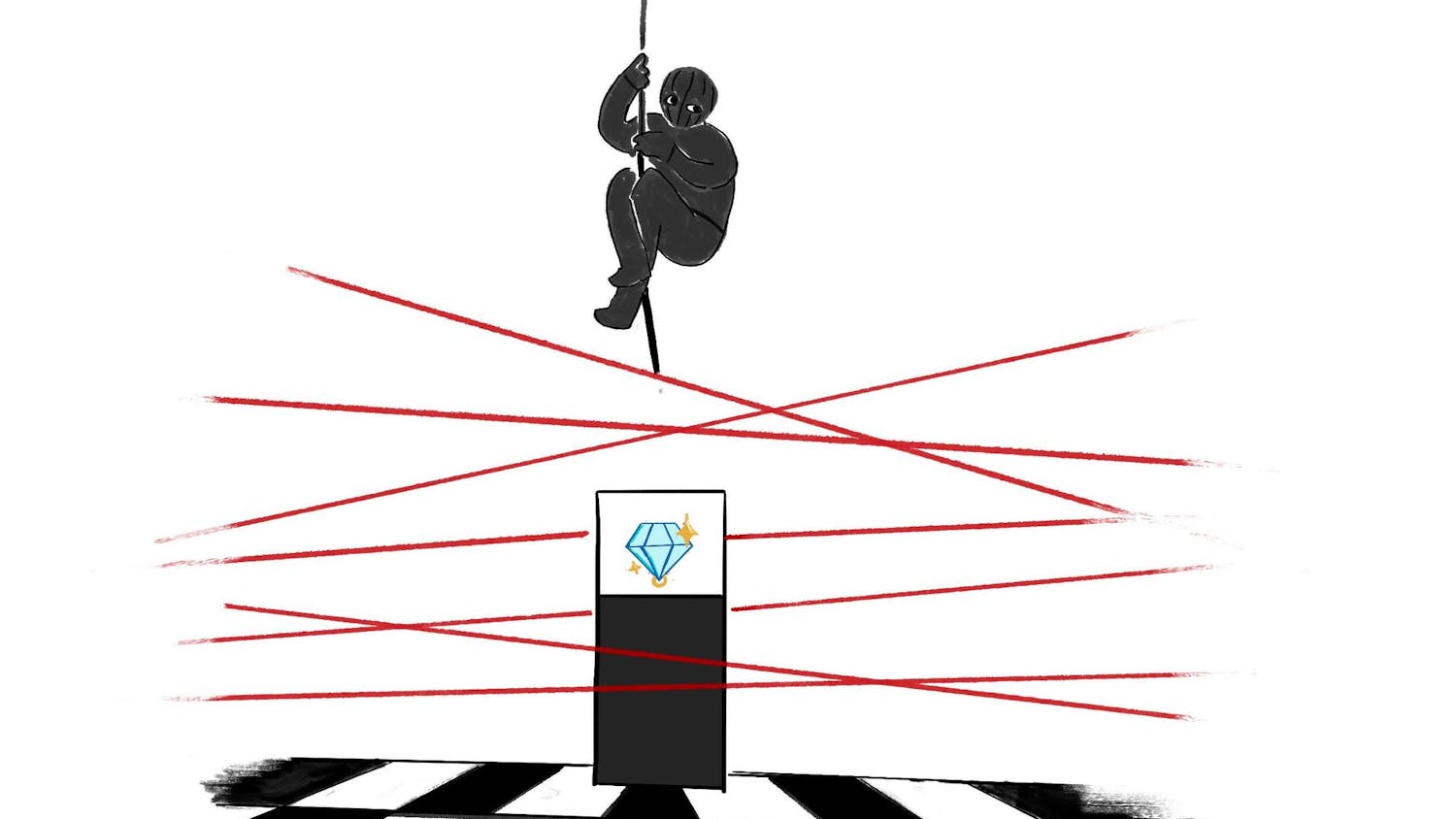The image of a jolly, plump man in a red soot-covered suit leaving presents under a glowing tree seems timeless.
However, the Christmas people think of today did not take shape immediately, with traditions such as Santa Claus and gift giving not coming into the picture until the 19th century.
The tradition of the Christmas tree started in Germany in the 16th century, but according to Christopher Ferguson, assistant professor of history, it wasn't prominent in England until the 1840s when Queen Victoria married Prince Albert, a German prince.
“They had a huge one over at Buckingham Palace ... that helped them to become popular in the English-speaking world," Ferguson said.
Ferguson said in the 19th century before electricity was invented, people lit their trees using candles.
"It was a bit more labor intensive," Ferguson said. "You know, you had to watch them to make sure they didn’t burn."
Even though lights could be found on the trees, presents could not be found under them.
Rupali Mishra, assistant professor of history, said Christmas Day was not the big gift-giving day until later in history, because gifts were given on New Year's instead.
Ferguson said in the United Kingdom there was a tradition dating back to the Middle Ages where gifts, called Christmas boxes, were given the day after Christmas, on Boxing Day, to those less fortunate.
"They often gave money, leftover food from the Christmas dinner ... and often servants were given the day off," Ferguson said. "But my own sense is that the more commercialized elements associated with Christmas came into being in the 19th century.”
According to Ferguson, the Industrial Revolution is to thank for gift giving because it was easier to mass produce toys and increased most people’s disposable income.
Santa Claus, another Christmas tradition, started in the 18th century.
Mishra said since giving presents was not part of Christmas tradition in the 15th and 16th century, the only Christmas figure needed was Jesus.
People observed Saint Nicholas Day with a feast, but Saint Nicholas wasn't associated with Christmas, according to Mishra.
Mishra said since gift giving was on New Year's, Santa wasn't needed yet.
One of the first pieces of evidence of today's Santa did not come into existence until the late 1820s with the release of Clement Clarke Moore’s poem, “The Night Before Christmas”, according to Charles Israel, associate dean and professor of history.
“Moore writes [the poem] in the late 1820s," Israel said. "An illustrated version of his story comes out in the 1840s … Santa is not the big, round, jolly elf quite yet, he actually looks a bit scrawnier, but a lot of the pieces are there. He is dressed for the cold, he is carrying a bag of stuff, he is not threatening as much as jolly."
Israel said the Coca-Cola brand of Santa was also influential in shaping the image.
“Coke company starts putting out advertisements related to Santa in the 1930s and, at least for my use, that’s the image of Santa I have in mind,” Israel said.
However, from the mid-17th century through the early 19th century, Christmas was outlawed in places such as Great Britain and the United States because it was seen as being full of pagan superstitions by religious groups such as the Puritans, according to Mishra.
“Traditional ways of celebrating Christmas came to be seen by some, primarily more Presbyterian or people who consider themselves more Protestant, as essentially idolatry," Mishra said. "They thought that this was not the way you should be celebrating something that was so spiritually important."
Do you like this story? The Plainsman doesn't accept money from tuition or student fees, and we don't charge a subscription fee. But you can donate to support The Plainsman.




